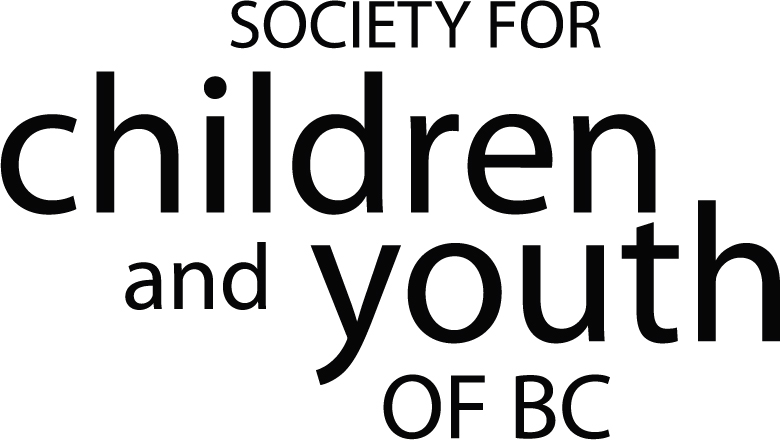School Streets
To view this website page in French, please click here.
Benefits of Schools Streets
Increase active travel
Reduce air pollution
Improve Road safety
Support child mobility
Foster social connection
About the Program
The School Streets program is funded by the Public Health Agency of Canada’s Healthy Canadians and Communities Fund. The program runs from 2024 to 2027, with up to 30 School Street implementations planned across six provinces – British Columbia, Alberta, Manitoba, Ontario, Quebec, and New Brunswick. It is coordinated by Green Communities Canada, led by technical project experts at 8 80 Cities and Centre d’écologie urbaine, and is evaluated by research partners at the Université de Montréal, University of British Columbia, Queen’s University, and Toronto Metropolitan University.

The Government of British Columbia’s Ministry of Transportation and Infrastructure also funds the program’s expansion in BC, with implementation sites planned in up to 10 communities. The BC portion of the program is coordinated and led by Green Communities Canada and the Society for Children and Youth of BC.
Local partner organizations from each community participate in a training program and ongoing knowledge exchange opportunities through a Community of Practice. These activities enable the partner organizations, made up of not-for-profit organizations, municipalities, and school boards, districts and consortia, to lead implementation within their communities and generate nationwide momentum for School Streets.
The length of each partner organization’s intervention depends on which of the three project streams they are participating in, the Level-Up, Pilot, or Aspiring stream. Level-Up communities complete 2 to 3 School Streets projects, each up to one year in length. Pilot communities complete 2 School Streets projects, each approximately one month in length. Aspiring communities complete up to 3 School Streets projects, each approximately one week long.
Research partners are conducting in-depth evaluation of many of these interventions, particularly alongside the Level-Up communities. The research team collects data on various parameters, including population characteristics, children’s physical activity engagement, and participant satisfaction and engagement.
History of School Streets
School Streets originated in Bolzano, Italy during the early 1990s when communities noticed significant car traffic and congestion in front of their schools during pick-up and drop-off times. As a proposed solution, the first School Street was created. Since then, the concept spread across Canada, with implementation sites in Victoria, Vancouver, Winnipeg, Toronto, Kingston, Mississauga, and Montréal, to name a few. In 2021, School Streets pilot projects were being implemented in various communities across Canada.
Green Communities Canada and 8 80 Cities partnered to lead the Ontario School Streets Pilot (OSSP) program, in which five School Streets were tested across four Ontario cities – Hamilton, Mississauga, Markham, and Kingston. In the same year, the Centre d’écologie urbaine, Université de Montréal, and Queen’s University co-led the Levelling the Playing Field program, in which two School Streets were implemented across Montréal and Kingston. The City of Vancouver has also organized School Streets since 2021, having led interventions in eleven schools across Vancouver.
School Streets Toolkit
The Toolkit developed by 8 80 Cities outlines the key steps for planning, implementing, and evaluating a School Street intervention.
Ontario Pilot Report
Download the School Streets pilot report developed by 8 80 Cities for findings from Mississauga, Markham, Hamilton, and Kingston!








